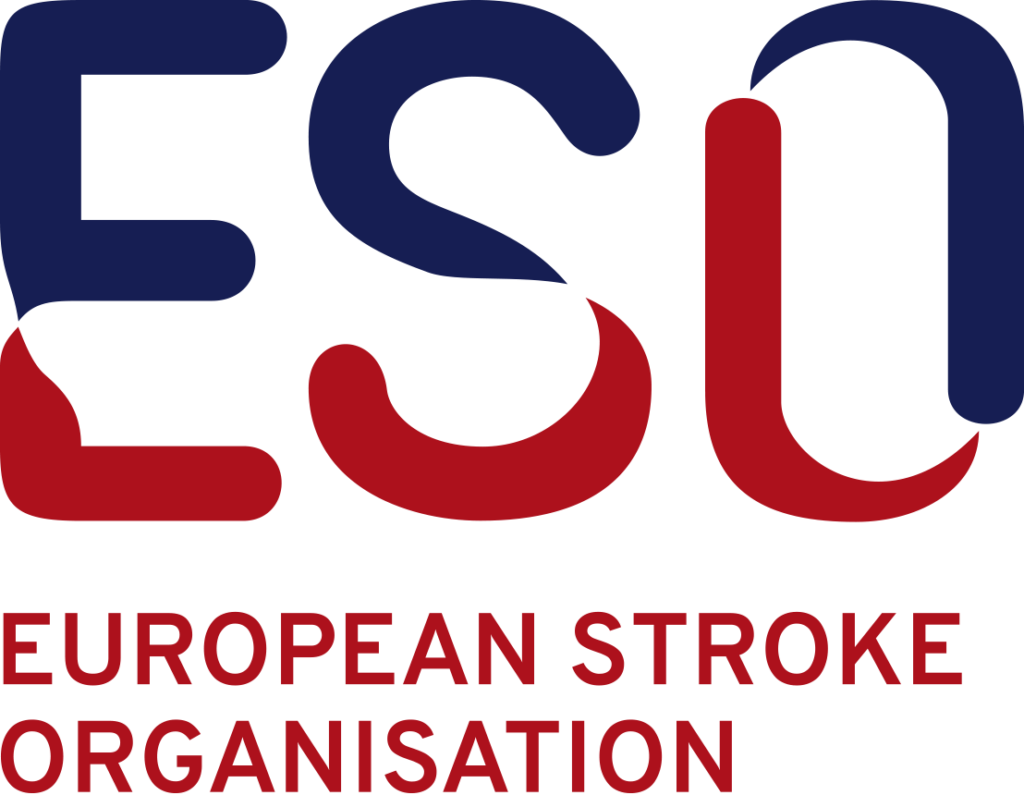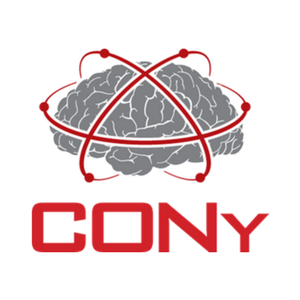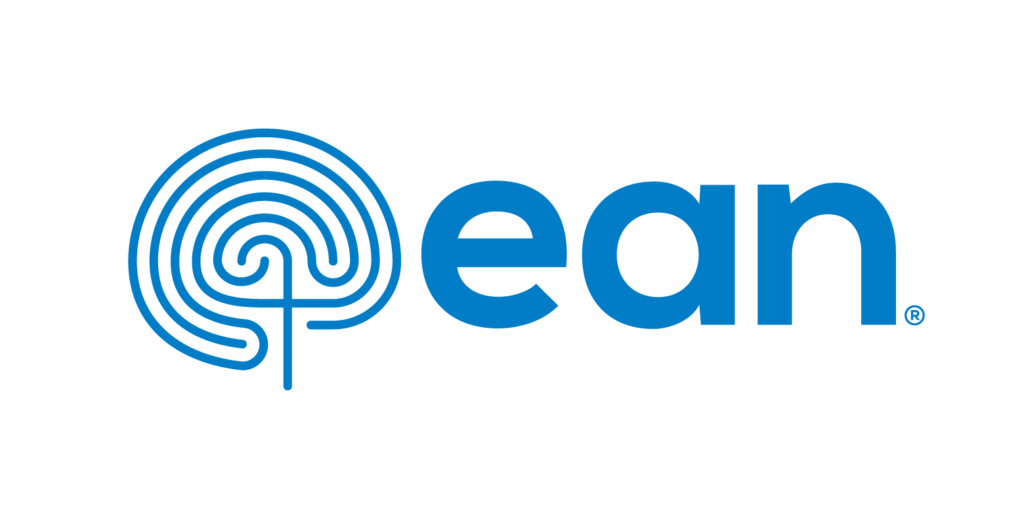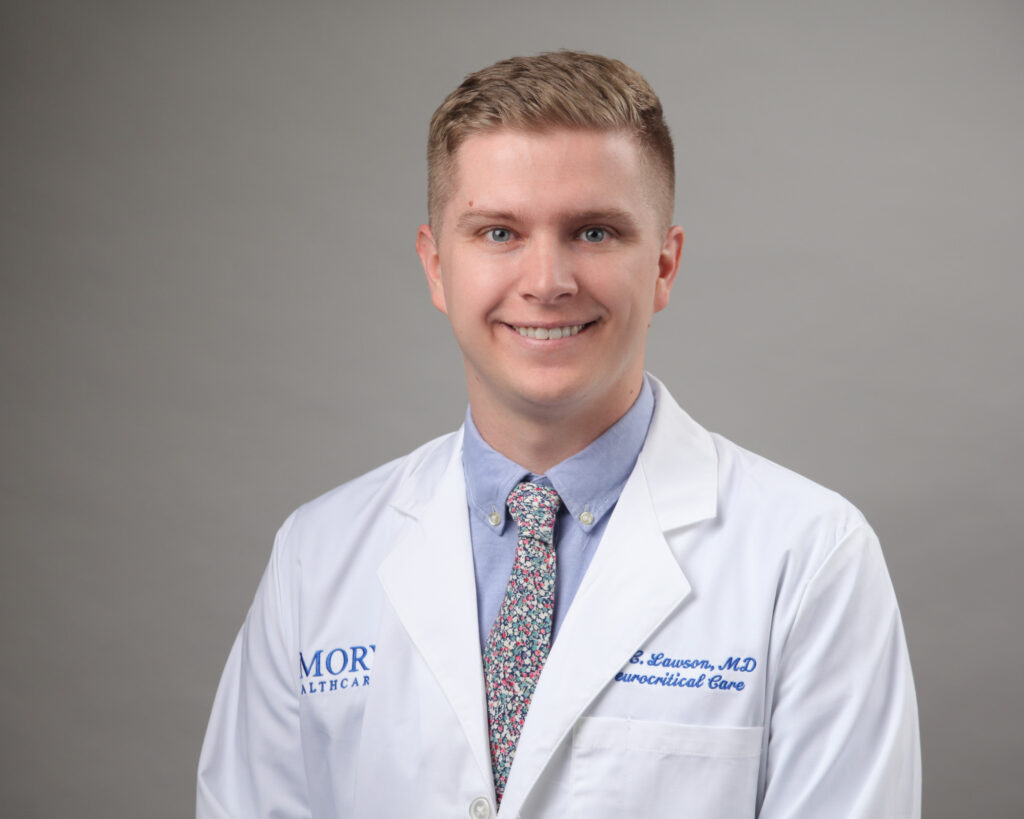Stroke
An Introduction to Stroke
Most strokes (85%) are caused by acute ischaemia due to blockage of a cerebral artery, leading to loss of oxygenation in downstream brain tissue, and ultimately causing neuronal cell death and irreversible neurological damage. The remainder are haemorrhagic strokes, caused by intracerebral or subarachnoid haemorrhage. Treatment of ischaemic stroke has been transformed by advances in imaging technology, as well as the emergence of thrombolytics and subsequent mechanical thrombectomy, sometimes facilitating complete recovery. Increasingly, oral anticoagulants are preventing stroke in patients with atrial fibrillation. Therapies targeting neuroinflammation after brain ischaemia (e.g. transplantation of mesenchymal stem cells) are also emerging as potentially useful.
Browse our gallery of video highlights and short articles from the conference hub, providing latest expert insights from major conferences and peer-reviewed articles from the journal portfolio.
Our supporting partners do not constitute an endorsement of the content on this page.

As a touchNEUROLOGY Future Leader 2025, Dr Antonio Ciacciarelli shares what drew him to neurology, the lasting impact of mentorship, and why recent advances in stroke care are redefining outcomes. He reflects on the privilege of inspiring others, and the promise of neuroprotection as the next frontier in vascular neurology.
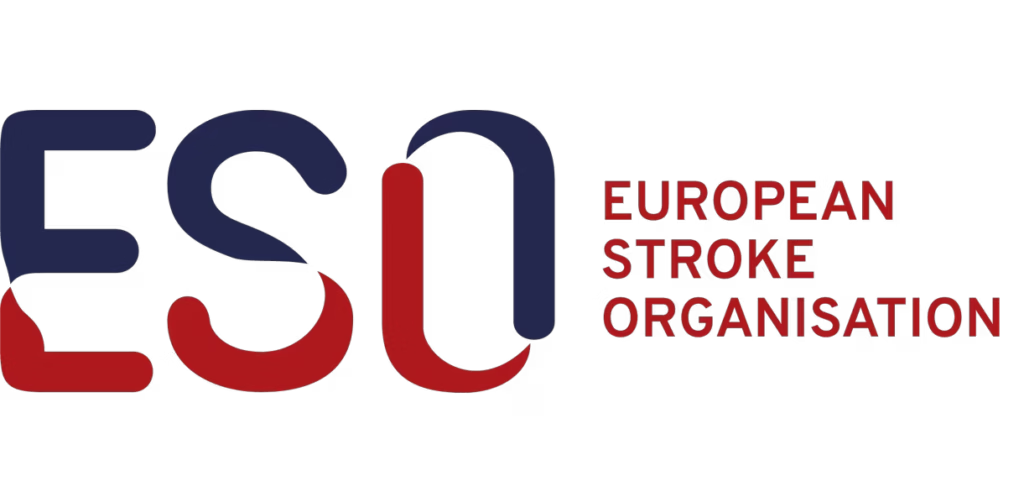
Prof. Simona Sacco outlines the European Stroke Organisation’s (ESO) strategic priorities to reduce disparities in stroke care across Europe. She discusses the transformative impact of the ESO East programme and the Stroke Action Plan for Europe (SAP-E), and also reflects on the increasing role of artificial intelligence (AI) in stroke diagnostics and treatment pathways.
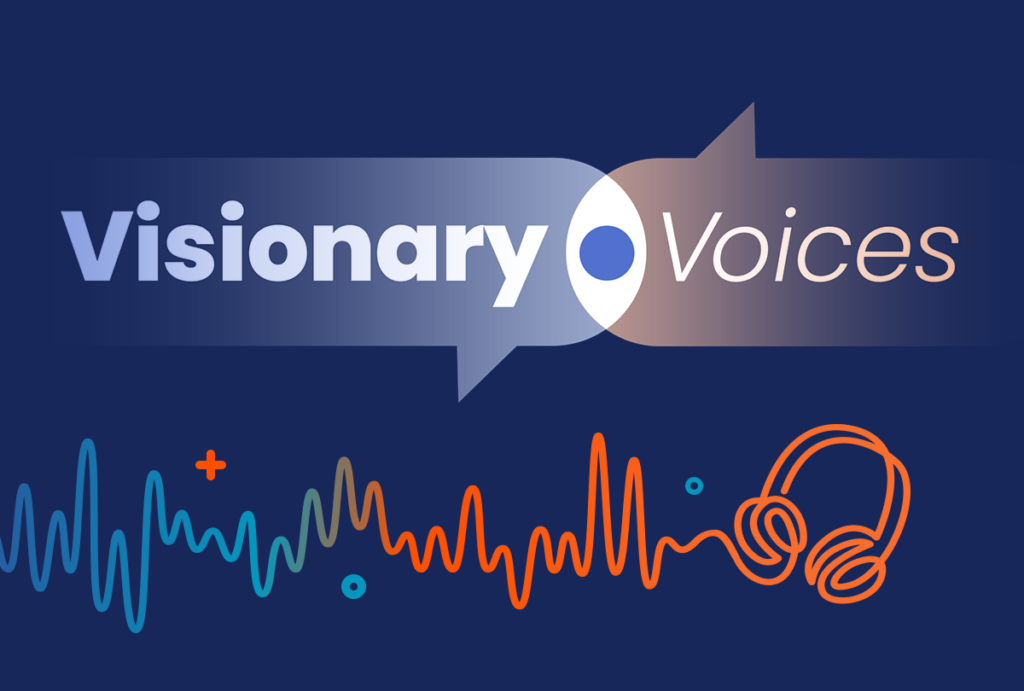
Physician burnout is at a critical point. In this episode, Nicky speaks with Dr Alfred Atanda about why so many physicians are burning out and what can be done to change the trend. From personal experience to system-wide solutions, Dr Atanda shares valuable insights on improving physician well-being and building a more effective healthcare culture.

In this episode, we explore the future of continuing medical education (CME) with the team behind touchIME. Hannah Fisher and Matthew Goodwin share insights into global and US trends, the importance of patient inclusivity and how educational outcomes are evolving to better measure the direct impact of learning on clinical practice and patient care.
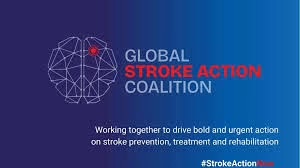
Launching today, the world’s first multisector advocacy movement dedicated to stroke - the Global Stroke Action Coalition - has issued an urgent call to action to address growing inequities in stroke. Already a leading cause of death and disability, without intervention, the global burden of stroke is projected to rise by a further 50% over the next 25 years, claiming 100 million lives and costing US$1.6 trillion each year.
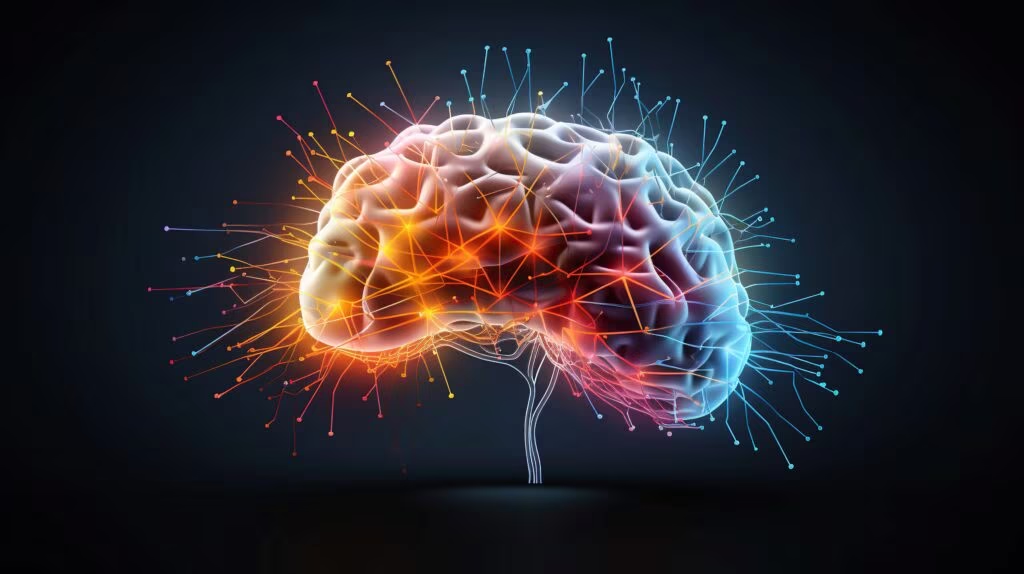
The FDA has approved tenecteplase (TNKase) for the treatment of acute ischemic stroke (AIS) in adults, marking the first new stroke-specific thrombolytic approval in nearly three decades. Administered as a single five-second intravenous bolus, tenecteplase allows for faster administration compared to the current standard of care alteplase, which is administered as a bolus-plus-infusion regimen.
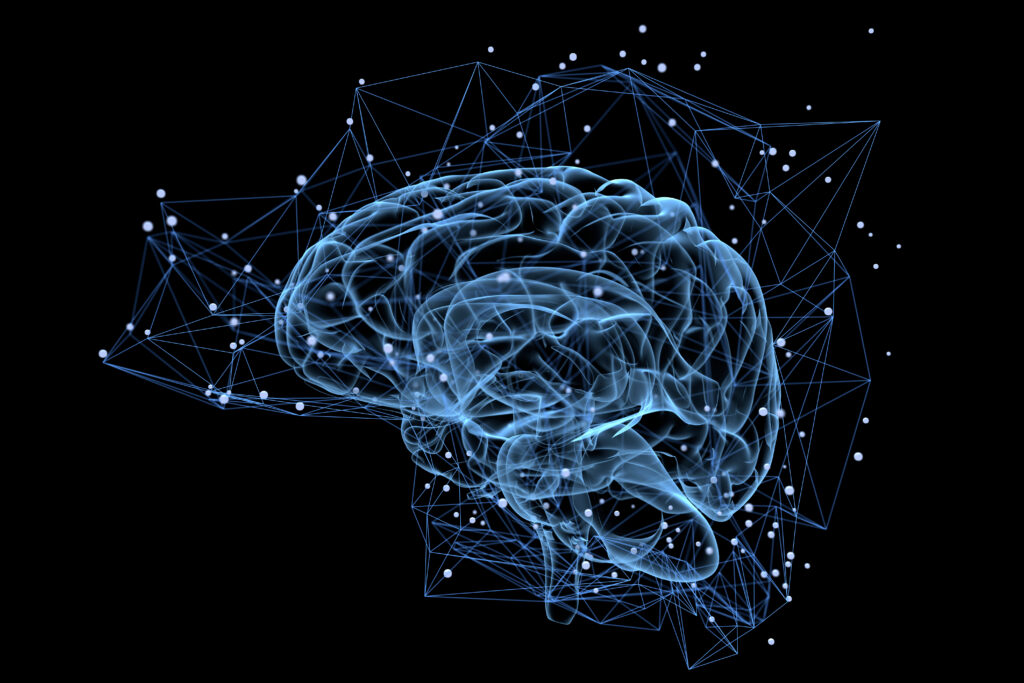
The prevalence of unruptured intracranial aneurysms (IAs) is approximately 3% of the population, with incidence on the rise due to the increased utilization of neuro-imaging for diverse objectives.1,2 The average risk of rupture for unruptured IA is estimated to vary from 0.3% ...

In this episode, we’re joined by Bradley Love, Professor of Cognitive and Decision Sciences at UCL, ELLIS fellow, and creator of BrainGPT. We discuss how this large language model is poised to assist researchers in advancing their work.
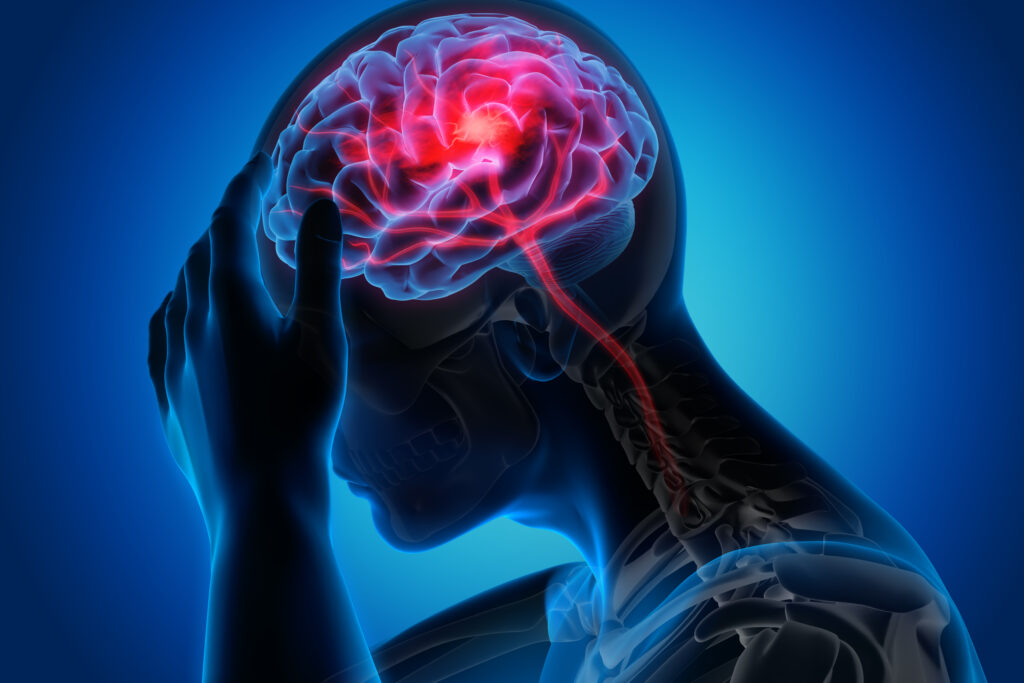
A study published in The Lancet Neurology reveals a troubling stagnation in the progress against stroke burden worldwide, with incidence rates failing to decline significantly since 2015. This analysis of the Global Burden of Disease (GBD) Study 2021 shows that the absolute numbers of strokes, related deaths and disability-adjusted life years (DALYs) have all risen considerably from 1990 to 2021, despite earlier global efforts aimed at reducing stroke mortality

Watch an expert in thrombosis and haemostasis address reversal strategies in patients with direct oral anticoagulant-associated intracranial haemorrhage (DOAC-ICH).








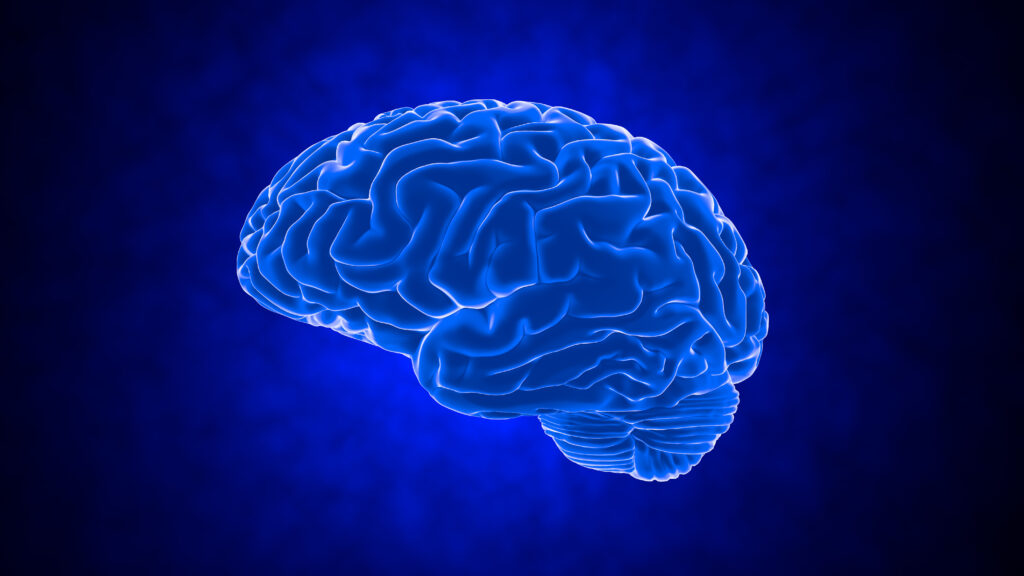
What is the Stroke Action Plan for Europe? Stroke is one of the most enormous burdens to healthcare services.1 Despite our combined efforts, it affects more than one million people annually in Europe. Although we have abundant knowledge regarding stroke ...
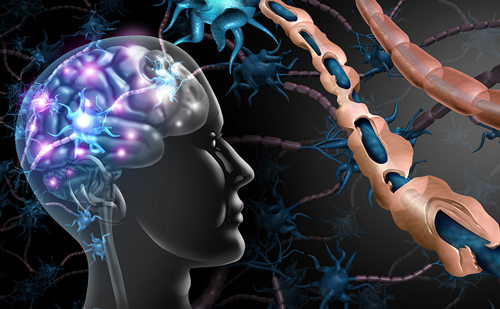
Introduction The term 'stroke' is used to describe an adverse clinical state involving interference of blood circulation to the brain due to obstruction or rupture of blood vessels.1 Stroke was previously categorized into a cardiovascular disorder until the release of ...
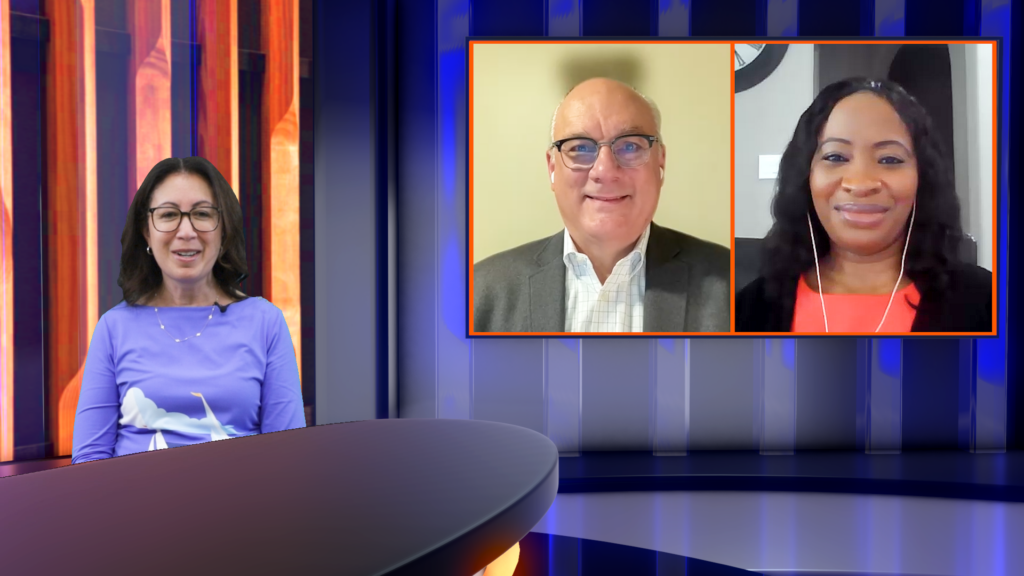
Three experts discuss the management of complications of sickle cell disease, as well as recent advances in therapy.
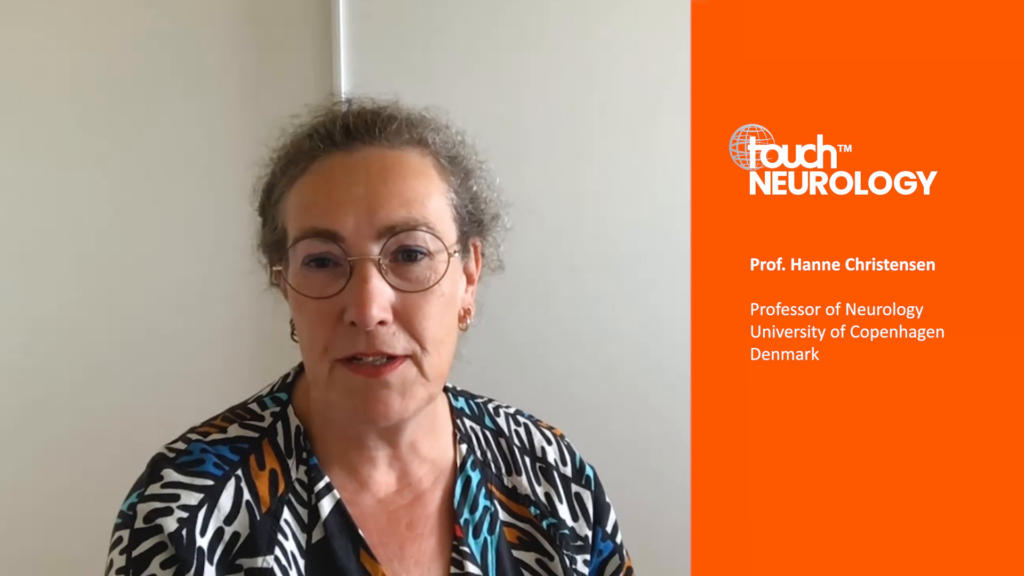
Watch three experts provide insights on the impact of ICH in patients receiving DOACs, DOAC-ICH reversal agents and optimizing treatment outcomes.








The European Stroke Organisation Conference (ESOC) 2023 will take place 24-26 May 2023 in Munich, Germany. The conference will include sessions, plenary lectures, and symposia, covering a wide range of topics related to stroke, including acute management, rehabilitation, imaging, epidemiology, and public ...
Latest articles videos and clinical updates - straight to your inbox
Log into your Touch Account
Earn and track your CME credits on the go, save articles for later, and follow the latest congress coverage.
Register now for FREE Access
Register for free to hear about the latest expert-led education, peer-reviewed articles, conference highlights, and innovative CME activities.
Sign up with an Email
Or use a Social Account.
This Functionality is for
Members Only
Explore the latest in medical education and stay current in your field. Create a free account to track your learning.


